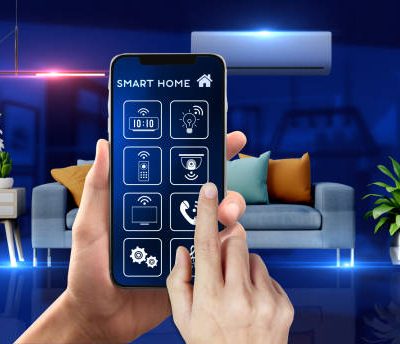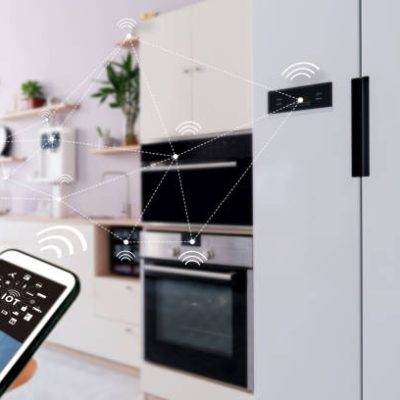Smart home automation systems have become increasingly popular in recent years, providing homeowners with convenient and secure control over their homes. However, with so many different types of systems available, it can be difficult to determine which one is best for your needs. In this article, we will explore the different types of smart home automation systems, helping you to make an informed decision about which system is right for your home.
Introduction
Smart home automation systems allow you to control and automate various aspects of your home, from lighting and temperature to security and entertainment. With a wide range of systems available, it can be difficult to determine which one is best for your needs. In this article, we will explore the different types of smart home automation systems, helping you to make an informed decision about which system is right for your home.
Centralized Systems
Centralized systems are one of the most popular types of smart home automation systems. These systems have a central hub that controls all of the other devices in your home. This type of system is easy to use, as all of your devices are controlled from one central location. Some popular centralized systems include Amazon Echo and Google Home.
Standalone Devices
Standalone devices are individual smart home automation devices that do not require a central hub. They are easy to install and can be controlled through a smartphone app or with your voice. Some popular standalone devices include smart thermostats, smart lights, and smart locks.
Z-Wave Systems
Z-Wave systems are a type of wireless communication protocol used for smart home automation. This type of system allows you to control multiple devices from one central location, making it easy to manage your home. Some popular Z-Wave systems include the Samsung SmartThings and the VeraEdge.
Zigbee Systems
Zigbee is another type of wireless communication protocol used for smart home automation. This type of system allows you to control multiple devices from one central location, making it easy to manage your home. Some popular Zigbee systems include the Philips Hue and the XBee.
Wi-Fi Systems
Wi-Fi systems use your home’s Wi-Fi network to control your smart home devices. This type of system is easy to set up and does not require a central hub, making it a popular choice for homeowners. Some popular Wi-Fi systems include the TP-Link Kasa and the Belkin WeMo.
Bluetooth Systems
Bluetooth systems use Bluetooth technology to control your smart home devices. This type of system is best suited for small homes or apartments, as Bluetooth has a limited range. Some popular Bluetooth systems include the Anker Eufy and the iHome iSP6X.
Conclusion
There are many different types of smart home automation systems to choose from. From centralized systems to standalone devices, Z-Wave systems to Wi-Fi systems, there is a system that is right for every home. When deciding which type of system to choose, it is important to consider your home’s size, your budget, and the types of devices you would like to control. By understanding the different types of smart home automation systems, you can make an informed decision about which system is right for your home.





